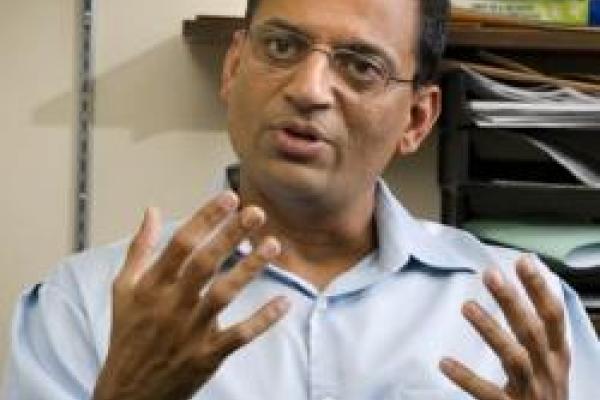
All animals move in space as a function of time. Space and time are abstract concepts because they can neither be directly felt nor readily controlled. How does the brain, or the ensemble of neurons, create a perception of space and time? Individual neurons in a few key brain regions are selectively active a function of the subject’s position in space and past experience. The biophysical mechanisms governing such neural maps of space and time have remained elusive. Hence, we have developed a noninvasive, immersive and multisensory virtual reality system where precisely controlled stimuli determine the surrounding virtual space. Using this apparatus we have measured the activities of thousands of individual neurons, developed analysis techniques to decipher the emergent neural ensemble dynamics, and generated computational models that can explain this neural dynamics as a function of virtual space. This integrative approach has provided a neuro-physical understanding of how ensembles of neurons generate basic concepts such as position, relative distance, speed, continuity and memory. Surprisingly, internally generated, neural oscillations are crucial for these computations.
